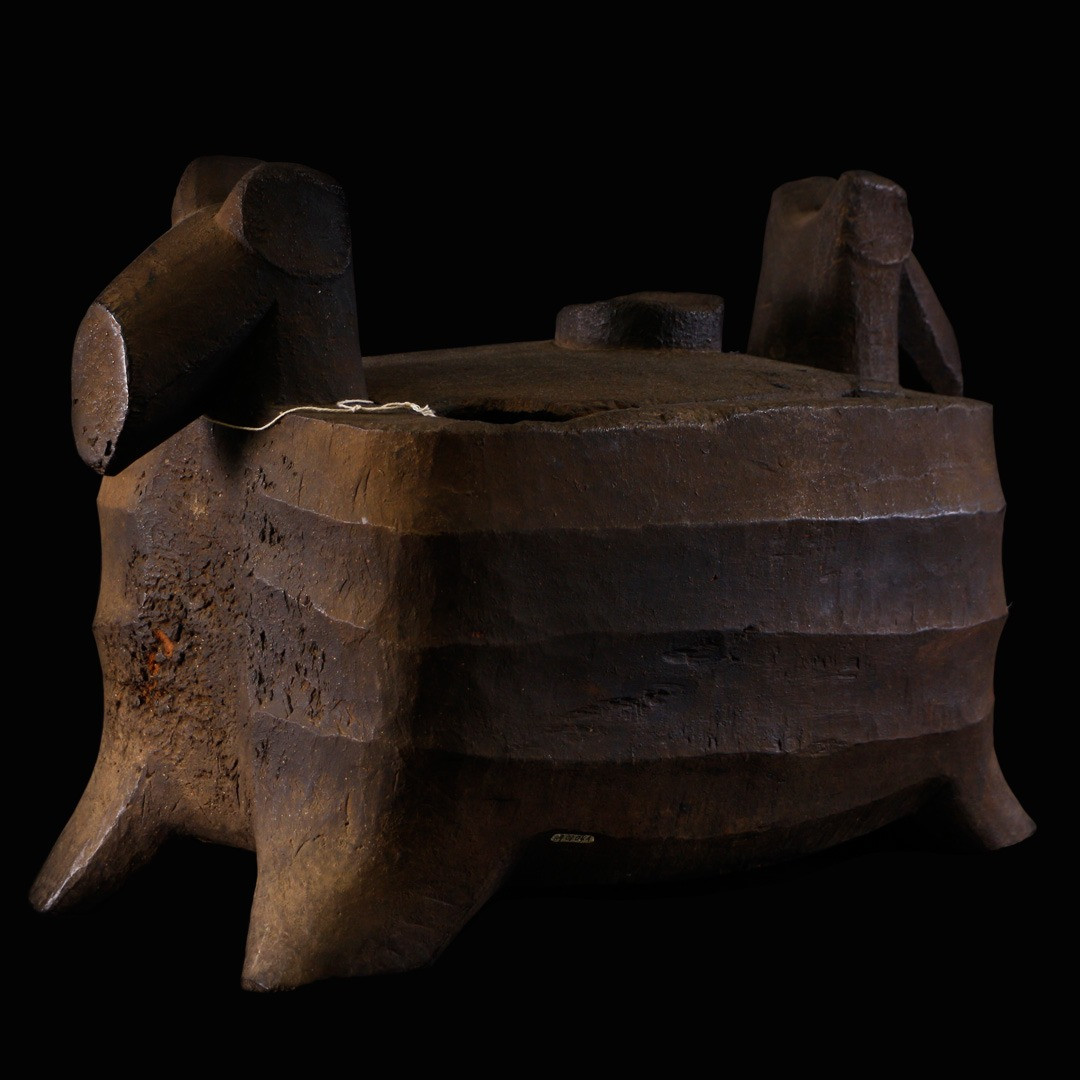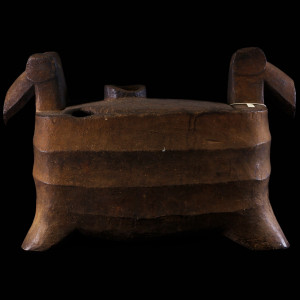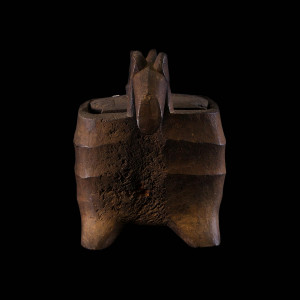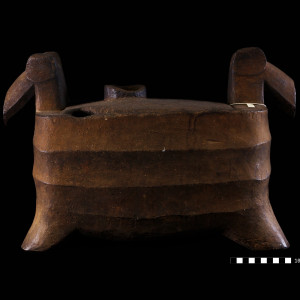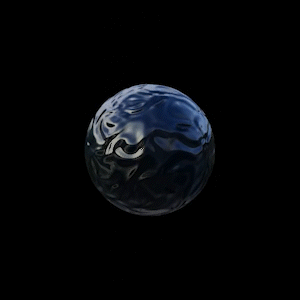Punamhan
Carving
Artist
Data currently unavailable
Date
Data currently unavailable
Language Group
Ifugao
Artist Collective
Ifugao
Geographical Setting
Data currently unavailable
Provenance
Purchase
Making Classification
Carving
Making Sub Classification
Data currently unavailable
Anthropological Class
Data currently unavailable
Museological Class
Data currently unavailable
Museological Sub Class
Data currently unavailable
Condition
Big hole on cover; good and stable; one leg has a crack
Material
Wood
Dimensions
61.00 x 19.50 x 25.50 cm
Artist Statement
Data currently unavailable
Bibliography
Ellis, George R. "Arts & People of the Northern Philippines" (In Casal, et.al. The People & Art of the Philippines. Los Angeles: University of California, 1981), p. 250
Annotation
The individually unique but collectively a formal category with similar features composes the group of Ifugao sculpted boxes called punamhan. The punamhan form typically extends the lateral ends of the rectangular box, into evocations of an animal-like (usually porcine) snout. The lid may show shallow relief (usually reptilian). These are containers of ritual paraphernalia, used in rites associated with terrace agriculture. Known in the last few centuries in association with rice terrace cultivation, the same association in the centuries before the 20th may have been slightly or vastly different, considering that the rice terraces were planted to root crops in earlier time frames. The punamhan is part of the assembly that includes a bulol pair for ritually consecrating a rice harvest. The bulol pair and punamhan—residing most of a year on a beam of an alang, a smaller version of a house that serves a granary—are taken down to the ground for rituals marking harvests.
Licensing
The exclusive Intellectual Property Rights of the information contained in this website remains with the artist/s and the Cultural Center of the Philippines and is protected by the laws of the Republic of the Philippines. No part of this website may be reproduced, published, distributed, or transmitted in any public form or by any commercial means without prior written permission of the artist/s and CCP.
For permission and licensing requests, email vamd@culturalcenter.gov.ph.
Feedback
We are committed to learning more about our collections and updating the content of this website. Does this record contain inaccurate information or language that you feel we should improve or change? Please contact us at vamd@culturalcenter.gov.ph.
